Roughly half the costs of a remodel are for materials, so it pays to be mindful of potential pitfalls. If you're a DIYer, avoiding some minor and major mistakes can help you make the most of this significant investment. You probably already know it's best to buy well-tested quality materials from trusted local vendors and to install classic, long-lasting materials that will be around for generations. Here are more tips I've learned over the years that can help you pick out the best materials and products for your home.
1. Know the pitfalls of buying off the shelf. Check the box. Does it look like it has been opened or returned? Don't buy it. Returned items may have damage and missing parts.
You can get some great deals on good products at your local home store, but you have to know what you're looking for. For instance, plumbing fixtures should be made of brass, not metallic-looking plastic. And cheaper paint often requires more coats and fades more quickly. 2. Get recommendations for showrooms and lumberyards. A good builder should have established relationships with reps he or she trusts, so use the recommended suppliers if you can. If you're a DIYer, try asking around for some good suggestions. When all else fails, add 30 percent to any delivery time frame you're told and build a healthy contingency fund into your budget, just in case. |
4. Sometimes you don't get what you thought you were paying for. In my experience, some brands spend more on advertising than on making quality products. Do your research and make sure the product you're buying is current. The situation is always changing, but make sure you know what you're getting and who you'll call if it turns out to be a dud.
|
5. Let someone else be the guinea pig. I have tested materials and products on my own house over the years so I can vouch for them in my work. If you are not in the business, you should be buying products that have been well regarded for many years. Even if you are trying to remodel your home using environmentally friendly materials, you don't have to use products that haven't stood the test of time. True linoleum flooring (not vinyl, which people often call linoleum), like in this photo, has been around for more than a century and is a hypoallergenic natural material, for example.
|
10. Buy early. Stopping work to wait for materials to arrive is costly. Double the lead time you were told and you'll usually be safe. Delays happen all the time.
If the materials are onsite, the contractor can check measurements and answer questions that the spec sheet doesn't address. If you don't want to expose items to theft, store the materials offsite where your general contractor can get to them, but don't try to time material deliveries for the moment they're needed. |
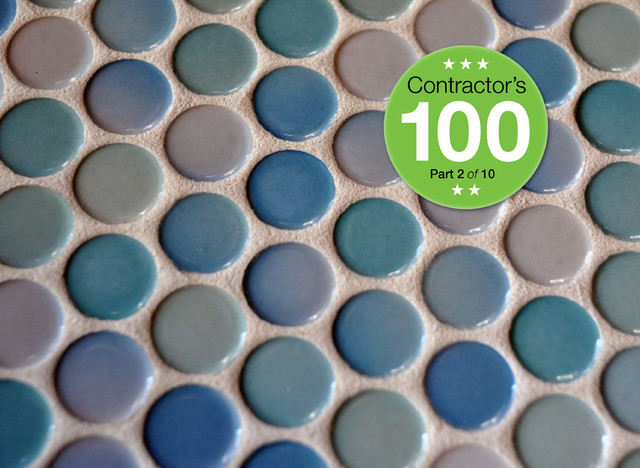
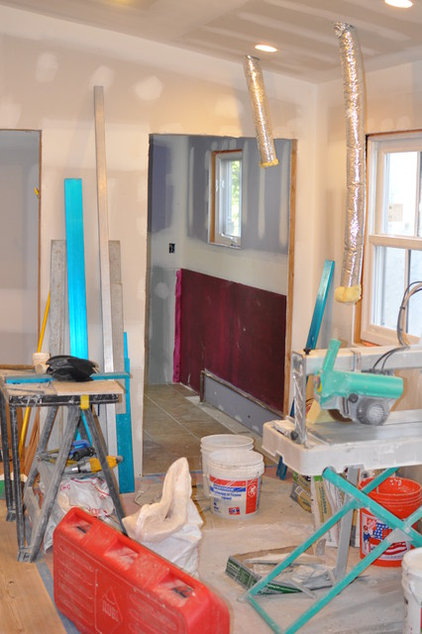
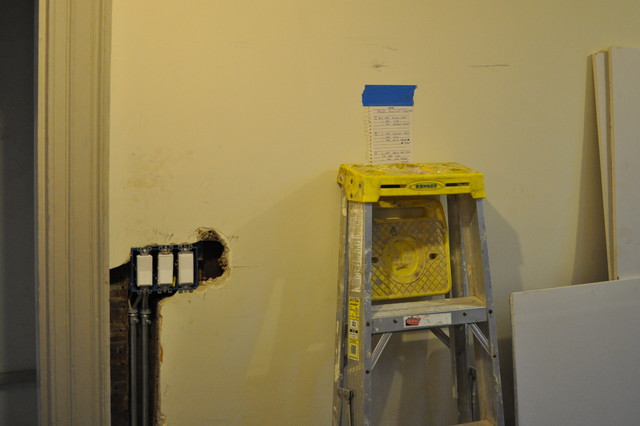
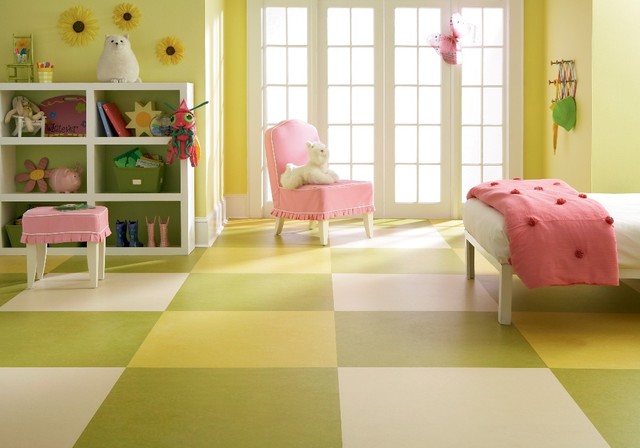
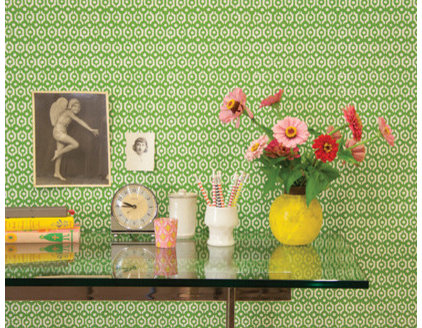
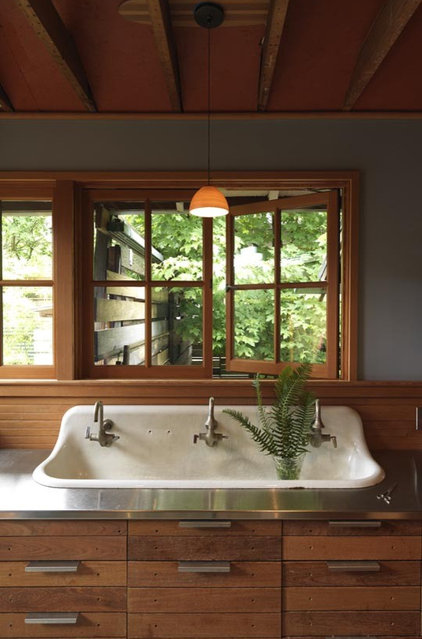
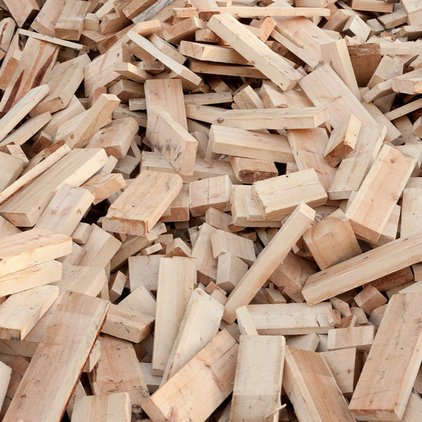
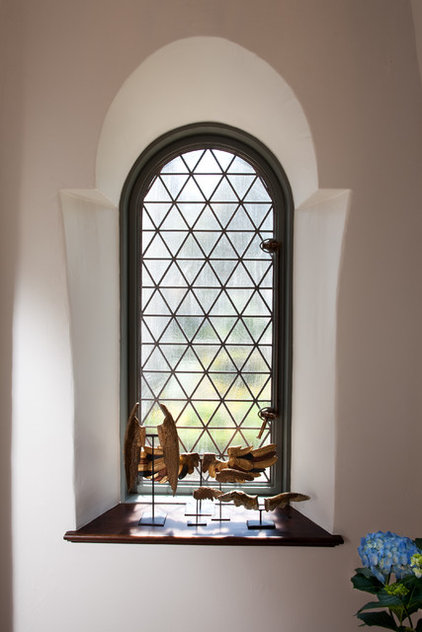
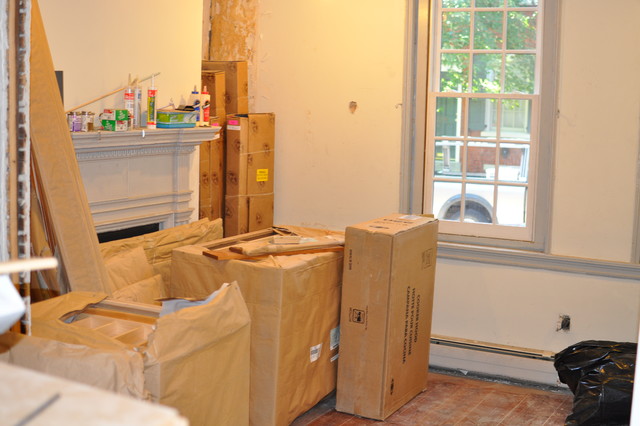
No comments:
Post a Comment